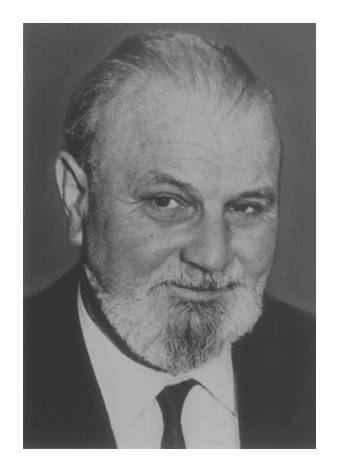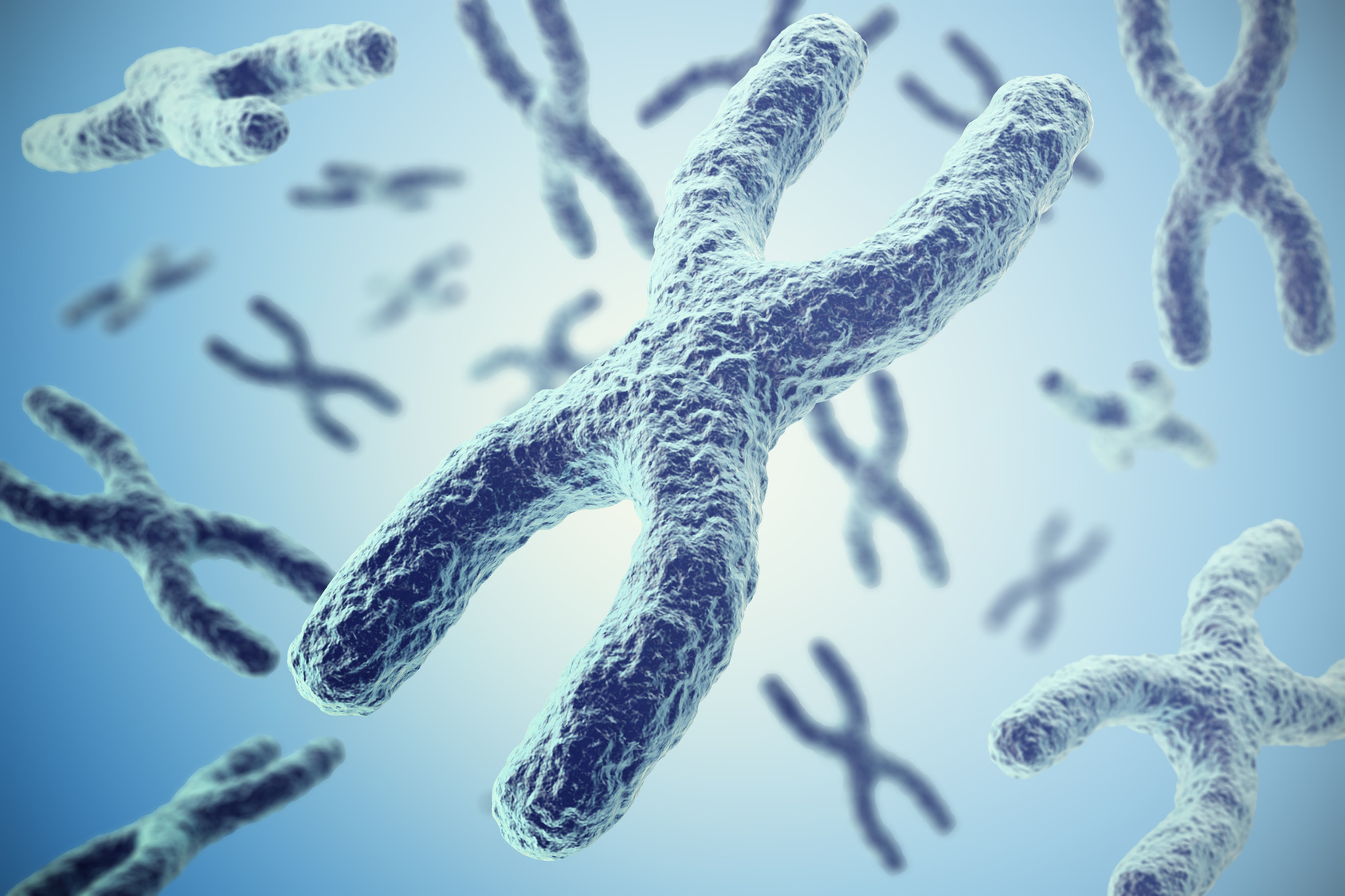The Therapy Concept by Prof. Dr. H. Dyckerhoff was based on findings which demonstrated that the ageing process and signs of wear and tear, i.e. degenerative processes, on a cellular level are often expressed in permanently impaired protein synthesis. ‘Protein synthesis’ is defined as the formation of proteins in the cell. These proteins are the nanomachines of our metabolism and, functioning as enzymes, facilitate targeted chemical reactions. The formation and breakdown of all necessary substances is carried out by these enzymes in healthy cells when required and the energy necessary for these processes is also produced by the enzymes.
However, proteins can do many more things: they create a framework (cytoskeleton) that gives the cells their shape and stability and form microscopically small fibres through which other substances can reach their destinations in the cells and function like railway tracks. Our muscles move due to proteins (actin and myosin) which are arranged next to each other and slide along as the muscles contract and in doing so contract the muscle cells. The whole information system between the cells is also supported by proteins and they are found in the form of antibodies in the blood and other body fluids which constitute an integral part of our immune system.
Even the proteins themselves are constantly forming and breaking down. DNA (deoxyribonucleic acid), which is well protected in the nucleus of each body cell, contains the blueprints and genetic information required for the formation of proteins. Copies of these blueprints can reach any location in the cell in the form of ribonucleic acid (RNA) and start the formation of essential proteins. You will find basic information that is needed to understand these relationships in the section entitled ‘Principles of protein synthesis in cells.’ Any disruption of cell metabolism leads to premature ageing processes, often accompanied by a loss of endogenous nucleic acids and proteins.
What caused company founder Prof. Dyckerhoff to start thinking about using ribonucleic acid for therapeutic purposes?
When Prof. Dyckerhoff developed his Therapy Concept in the 1950s, the interrelationships between genes, ribonucleic acids and proteins had just started to become understood. Prof. Dyckerhoff first outlined his observations on ribonucleic acids and their necessity in the formation of protein in body cells in his lectures in 1954.
„There is no doubt that in every tissue highly specific, structurally different ribonucleic acids (RNA) drive the synthesis of cell-specific proteins. Work carried out predominantly by American and German researchers over the last half of the decade have produced strong evidence to support this. The technique largely involved presenting living tissues, in many cases unicellular organisms, with isotope marked amino acids which enabled their incorporation in the proteins to be demonstrated. If the cell’s own RNA was destroyed by the enzyme ribonuclease, then incorporation did not take place. New RNA, derived from the same cell material, produced the protein synthesising energy again, whilst RNA from other tissue remained ineffectual. In doing so, the highly specific effect of the different types of RNA was also proven."
His ideas therefore proposed that ribonucleic acids can be isolated from healthy tissue so that the metabolism of proteins in degenerated tissue can be improved. This led him to isolate ribonucleic acids from different tissues taken from cattle and from yeast. They were developed to enable injection therapy to be given to patients with degenerative illnesses. We now know that these extracted active substances notably contain short chain ribonucleic acids and what are known as microRNA. This large number of microRNA molecules that are known today are very similar when comparing various types of mammals with humans or they are actually indistinguishable.
Therapeutic experience
The first publication using data from clinical practice that is listed in the respected Medline database originates from 1957. Prof. Dr. med. Rietschel reports in the magazine Medizinische Klinik on over 49 patients who were receiving treatment for various chronic degenerative illnesses. A summary of other therapeutic experiences was first published in the German language in 1995 (Becker et. al., 1995). The latest double-blind, placebo-controlled study on patients with osteoarthritis of the knee joint was published in the English language in 2015 which included a review of other relevant studies on various chronic degenerative illnesses (Stommel et al., 2015).




